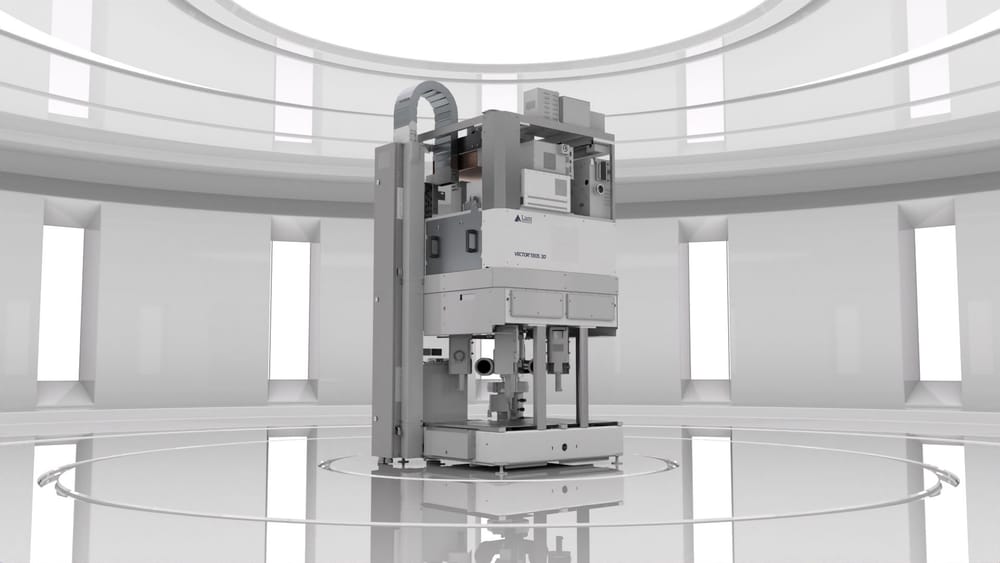
Micron’s latest earnings call felt less like a numbers parade and more like a playbook for securing pole‑position in the artificial‑intelligence supply chain. Chief Business Officer Sumit Sadana nudged the FY‑2025 DRAM‑bit‑growth forecast to the high‑teens, arguing that this isn’t a tariff‑driven mirage but the product of two hard forces: hyperscale demand for AI accelerators and an industrial & automotive rebound that finally looks durable.
The HBM Spotlight — And How Rivals Are Positioning
Micron’s high‑bandwidth memory (HBM) revenue is now running at an annualized US$ 6 billion, almost 50 % higher quarter‑on‑quarter. What caught the Street’s eye was management’s claim that 12‑high HBM3E yields are already exceeding last year’s 8‑high ramp, hinting at packaging prowess that could translate into fat margins.
Yet the celebration comes with an asterisk: SK Hynix remains the pace‑setter in next‑generation HBM4, having shipped early samples to Nvidia and aiming for mass production in Q3 2025. Meanwhile, Samsung is scrambling to clear certification hurdles for its own 12‑layer HBM3E parts after shipping early lots to AMD; the Korean giant’s yields are improving, but it still trails Hynix on time‑to‑market. Micron’s roadmap includes HBM4 samples on its mature 1‑beta node, yet the company has kept timelines deliberately vague — a sign that management prefers to under‑promise until packaging and substrate supply chains de‑risk.
What it means: Micron enjoys first‑momentum in the U.S. market (its 288‑GB HBM3E stacks are already shipping in Nvidia’s DGX and AMD’s MI350 platforms) but will have to defend price and share as soon as Samsung sorts out yields and Hynix pushes HBM4 into volume. The HBM party is getting crowded; execution, not just technology, will decide who collects the cover charge.
Balance‑Sheet Flexibility
CFO Mark Murphy reminded investors that net debt is down to US$ 3 billion and liquidity tops US$ 15.7 billion. The war‑chest allows Micron to bankroll incremental DRAM capacity geared toward AI, keep a growing dividend intact, and execute “opportunistic” buybacks — a luxury few memory peers can afford after the last down‑cycle.
NAND and Legacy Surprises
Structural capacity cuts have reduced under‑utilization pain in NAND, yet pricing remains fragile. Management is steering output toward premium, AI‑centric products where margins justify the complexity. An unexpected DDR4 shortage is giving legacy DRAM parts a brief pricing tailwind — good for bragging rights, but, as Sadana put it, “low‑single‑digit” to revenue and hardly the main event.
Takeaway: A Commodity No Longer?
For years Micron was a passenger on the commodity memory roller‑coaster. This quarter’s call suggested something has changed: early bets on power‑efficient LPDDR for servers, aggressive HBM road‑mapping, and a balance sheet built for counter‑cyclical investment are turning the company into a bespoke component supplier for AI.
Still, the competitive lens matters. SK Hynix is sprinting toward HBM4, and Samsung will not stay hamstrung forever. If Micron executes on yields, substrate procurement and disciplined capex, it can keep its newly minted AI crown. If it stumbles, the HBM arms race will make sure that crown is borrowed, not owned.
Author

Investment manager, forged by many market cycles. Learned a lasting lesson: real wealth comes from owning businesses with enduring competitive advantages. At Qmoat.com I share my ideas.



